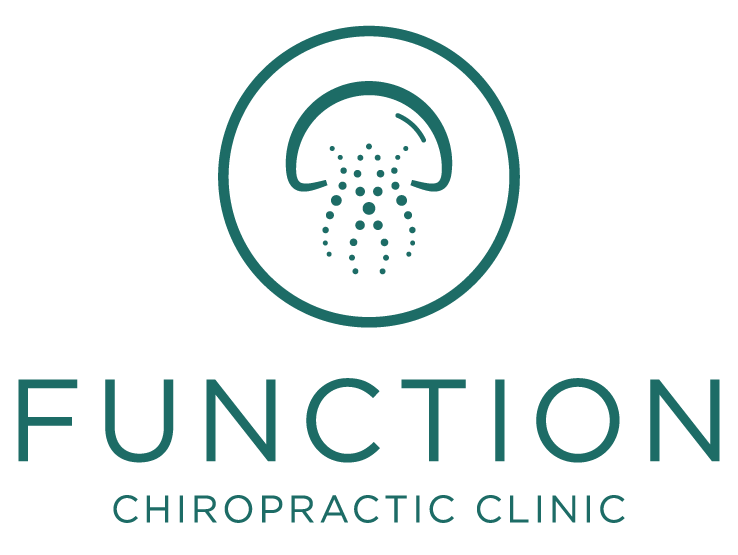Chiropractic, Osteopathy or Physiotherapy?
Not sure which is best for your symptoms?
(approx 2 min read)
What is the difference?
Generally, but not always:
Chiropractors: Focus on long term wellbeing by rebalancing and restoring movement throughout the body.
Osteopaths: Focus on immediate pain symptoms by stretching tissues and joints.
Physiotherapist: Treat immediate pain symptoms with exercises.
How is Chiropractic different to Osteopathy (UK)?
Chiropractic and Osteopathy are both proven and recommended by the NICE guidelines for low back pain, neck pain, sciatica, spinal disc pain, headaches and migraines, shoulder pain and knee pain. There is great similarity in techniques, the difference is how they are applied. This blog is specific to the UK, as both professions vary greatly in different countries.
Chiropractors tend to be long-term focused or goal based. This looks like restoring movement, addressing underlying mechanical issues or weakness, reducing future pain episodes and restoring musculoskeletal health. This is done by focusing on specificity and consistency, rather than intensity. Osteopaths tend to be pain-based and will do longer treatments looking at getting you out of pain for the shorter, current episode, and you have a few intensive treatments every time you have an flare up.
Many Chiropractic and Osteopathic techniques crossover and we are both trained for 4-5 years in the assessment and diagnosis of neuro-musculo-skeletal conditions and learn to treat them with techniques applied through our hands. Both treat the joints, connective tissue and muscles of the whole body and both treat the spine directly although varying approaches to the philosophy. Neither is better than the other, only different. Both are Doctors of Chiropractic (DC) and Doctors of Osteopathy (DO), registered with the General Chiropractic council (GCC) and General Osteopathic Council (GOC) respectively.
Chiropractors are trained to take and report on X-Rays which the other professions are not.
However, you may get chiropractors that are solely pain based, and you may get osteopaths that will do long term, goal-based care, so its not always that easy! There can easily be more difference between two chiropractors ,than between an osteopath and a chiropractor.
How about physiotherapy?
Physiotherapists have a 3 year BSc degree and are registered with the HCPC. They will generally be either exercise or massage based but are less likely to be hands on than chiropractors or osteopaths. They focus on stretching and strengthening muscles and tendons, and this can be very useful post surgery or with underlying weakness, especially if there is an overuse or underuse of a tendon. There are some weekend courses in spinal manipulation available to physiotherapists however these are less common.
Crossover techniques:
There are add-on courses that are available to everyone and are not confined to one profession. These include:
Dry needling/medical acupuncture
Sports taping
Instrument assisted release (IASTM)
Cupping
Laser therapy
Shockwave therapy
So who do you see for what condition?
There is no easy answer here, regardless of whether is is a spinal disc, headaches, back pain, trapped nerves or general stiffness. The most important factor in choosing a practitioner is someone you have good communication with. Generally, but not always you can expect the following from your practitioners:
Chiropractors: Rebalance, restoring movement throughout the body and focus on long term health. Hands on care, provide home exercises.
Osteopaths: Focus on immediate pain symptoms. Hand on care, provide home exercise.
Physiotherapist: Immediate pain symptoms, exercises, good for weak muscles or torn tendons, post surgery recovery.
This can vary hugely within the professions too, so two chiropractors might work more differently than a chiropractor and an osteopath.
Make sure that whoever you choose, you know:
What is wrong?
How did it get there?
What is the normal short and long term response?
What are the goals?
How much time and money is normal to invest for a condition like this?
What happens if it is unresponsive?
And that you feel:
Comfortable to ask questions
Do you feel safe and confident?
Like a team working towards a measurable goal
Comfortable with the techniques
On board with the principles

